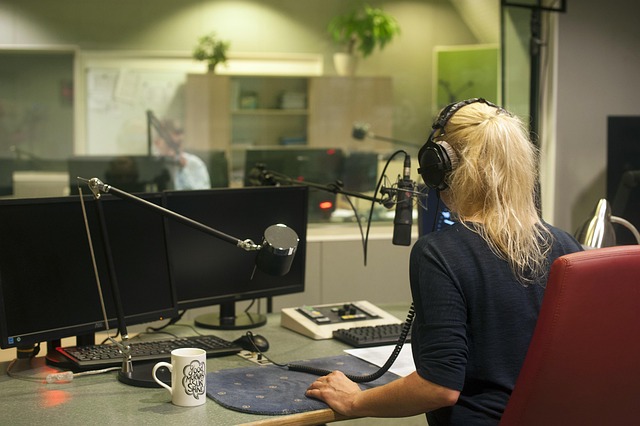Audio mixing is a crucial step in music production, where individual sounds are blended to create a balanced and polished final track. Whether you’re mixing a song, a podcast, or a film soundtrack, mastering the right techniques can elevate your sound to a professional level.

1. What is Audio Mixing?
Audio mixing is the process of adjusting and combining multiple audio tracks using tools like volume control, equalization (EQ), panning, compression, and effects. The goal is to create a well-balanced mix where every element is clear, dynamic, and cohesive.
2. The Key Components of a Great Mix
🎚️ Volume Balancing
- Set levels so that no instrument or vocal overpowers the mix.
- The lead vocal or main melody should be prominent but not overwhelming.
🎧 Panning for Stereo Depth
- Panning allows you to place sounds in the stereo field (left, right, or center).
- Drums, bass, and lead vocals are typically centered, while guitars, synths, and backing vocals can be spread across the stereo field.
🎛️ Equalization (EQ) for Clarity
- EQ helps shape each sound by boosting or cutting specific frequencies.
- Low-cut filters remove unwanted bass rumble from non-bass instruments.
- Reducing midrange clutter can prevent instruments from clashing.
🎵 Compression for Consistency
- Compression evens out the dynamics of a track, making softer sounds louder and louder sounds softer.
- Helps maintain a steady vocal or instrument level throughout the mix.
✨ Effects for Depth and Space
- Reverb adds natural ambiance and makes sounds feel larger.
- Delay creates echo effects that enhance depth.
- Chorus thickens sounds, making them feel richer and fuller.
3. Advanced Mixing Techniques
🔹 Automation for Dynamic Mixing
- Automating volume, EQ, and effects over time creates movement in a mix.
- Example: Boosting a vocal during a chorus for added impact.
🔹 Parallel Compression for Punch
- Blending a compressed version of a track with the original keeps dynamics intact while adding punch and thickness.
🔹 Sidechain Compression for Clarity
- Often used in electronic and dance music to make the kick drum stand out by lowering the volume of other instruments when it plays.
4. Finalizing Your Mix
Before finalizing, check your mix on different playback systems:
✅ Studio monitors
✅ Headphones
✅ Laptop speakers
✅ Car speakers
Make necessary adjustments to ensure the mix sounds great everywhere. Once satisfied, export your mix in high-quality formats for mastering.
Conclusion
Audio mixing is both a technical skill and an artistic process. By balancing levels, using EQ effectively, applying compression wisely, and adding the right effects, you can achieve a polished and professional sound. With practice and patience, your mixes will continue to improve!
Would you like me to dive deeper into any specific mixing technique? 🎛️🔥